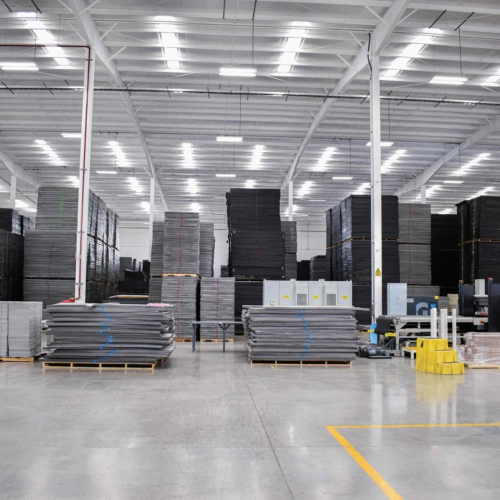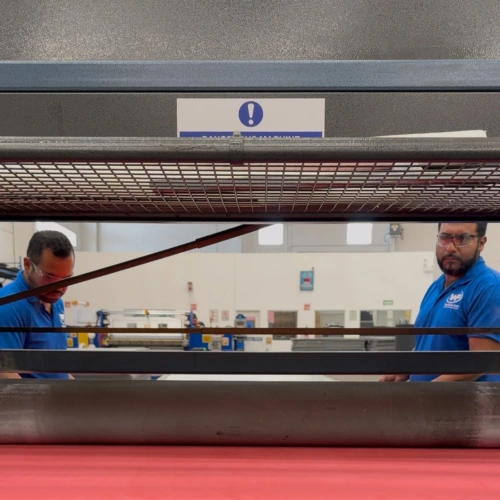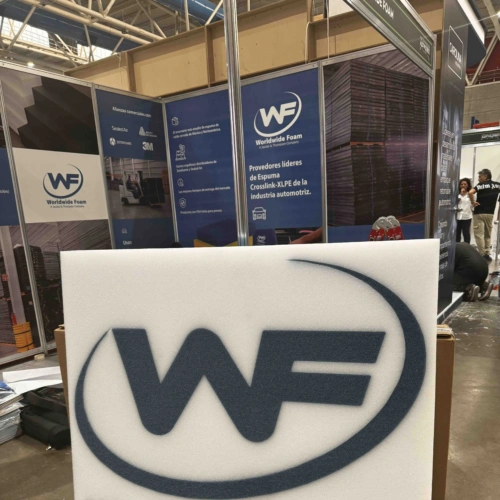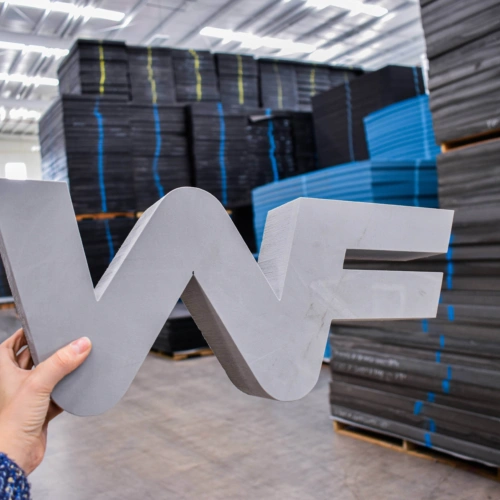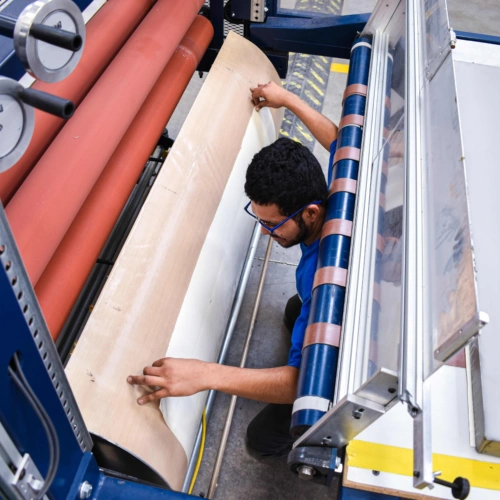| September 30, 2025
When looking to buy specialized thermal protection materials, it's important to understand the difference between fire-resistant, fireproof, and flame-retardant.
These terms are often confused, but each has distinct applications and characteristics that impact fire protection, product safety, and packaging quality.
This article discusses the types of foams considered fireproof, how flame-retardant materials work, and why options like polyethylene foam or noise-reducing foam are essential in the industry to ensure resistance, durability, and safety in packaging.
What does flame retardant mean?
According to international bodies, a fire retardant is a substance or material designed to delay or stop the spread of flames. This can be achieved through chemical reactions that reduce the flammability of fuels or slow their combustion.
In the case of noise-reducing foam with retardant properties, in addition to controlling sound and vibration, it also offers key benefits in environments where there is a risk of fire, such as factories, warehouses, or transport sectors.
Difference between fire-resistant, fireproof, and flame-retardant
One of the points that generates the most confusion is believing that all flame-retardant materials are the same. Let's see their differences:
Fire-resistant: refers to materials made with naturally non-flammable components. These can be exposed to high temperatures and take longer to deteriorate.
Fireproof: describes products treated or designed to withstand direct exposure to a flame, self-extinguishing or preventing the fire from spreading.
Flame-retardant: encompasses materials that have been chemically modified to delay the onset of combustion.
For example, a noise-reducing foam can be manufactured with chemically cross-linked polyethylene foam formulas to provide acoustic insulation and at the same time comply with flammability standards such as UL 94 HF-1 or ASTM E84 Class I.
Noise-reducing foam: acoustic protection and fire safety
Noise-reducing foam is widely used in industries such as automotive, construction, and electronics because it absorbs vibrations and reduces sound transmission. However, when it is also combined with fireproof properties, it becomes a high added-value material.
In electrical devices, it helps reduce internal noises and vibrations, while meeting fire protection requirements. In industrial packaging, it improves safety in packaging, as it prevents products from suffering mechanical damage or exposure to sparks.
In construction, it ensures acoustic and thermal insulation while complying with international flammability standards.
Most commonly used flammability standards
To certify the quality of a fireproof foam, different international standards are applied. Among the most common are:
UL 94 HF-1: measures resistance to flame propagation in plastic materials.
ASTM E84 Class I: evaluates flame spread and smoke development in building materials.
FMVSS-302: a standard applied in the automotive industry to ensure safety in vehicle interiors.
NFPA 701: regulates textiles and coatings used in public spaces.
A polyethylene foam or a silicone foam certified under these tests ensures reliability and better performance in industrial applications.
Flame-retardant materials and their advantages in technical foams
Flame-retardant materials such as XLPE (cross-linked polyethylene foam) offer key advantages. As materials with high stability and chemical inertia, resistant to chemicals and solvents, materials with self-extinguishing capability against fire, acoustic insulation as noise-reducing foam.
Compliance with international safety standards for polyethylene foam, helps to mold easily, does not promote fungal growth, and offers an excellent strength-to-weight ratio.
Industrial foam for multiple sectors
At Worldwide Foam we offer closed-cell foams that meet the highest safety standards. Among its most notable applications are:
Electronics and electrical devices: acoustic insulation and protection against sparks.
Automotive and aviation: vibration control and compliance with fire safety standards.
Construction: acoustic insulation with noise-reducing foam and compliance with flammability standards.
Safety in packaging: protection of sensitive products against impacts, noise, and fire risks.
The difference between fire-resistant, fireproof, and flame-retardant materials is key to choosing the right foam.
At Worldwide Foam we develop solutions like noise-reducing foam with fire protection properties, made from polyethylene foam and other flame-retardant materials of high quality, always aligned with strict flammability standards.
In this way, we ensure that each application, from packaging to construction and electronic devices, has the highest safety and reliability. Do you want to try our solutions? Request a free sample and discover why Worldwide Foam is a leader in technical foams.
Worldwide Foam

We are leaders in the supply of closed cell polyethylene foam in Mexico. We support various industries by offering a wide range of products and complementary services.





